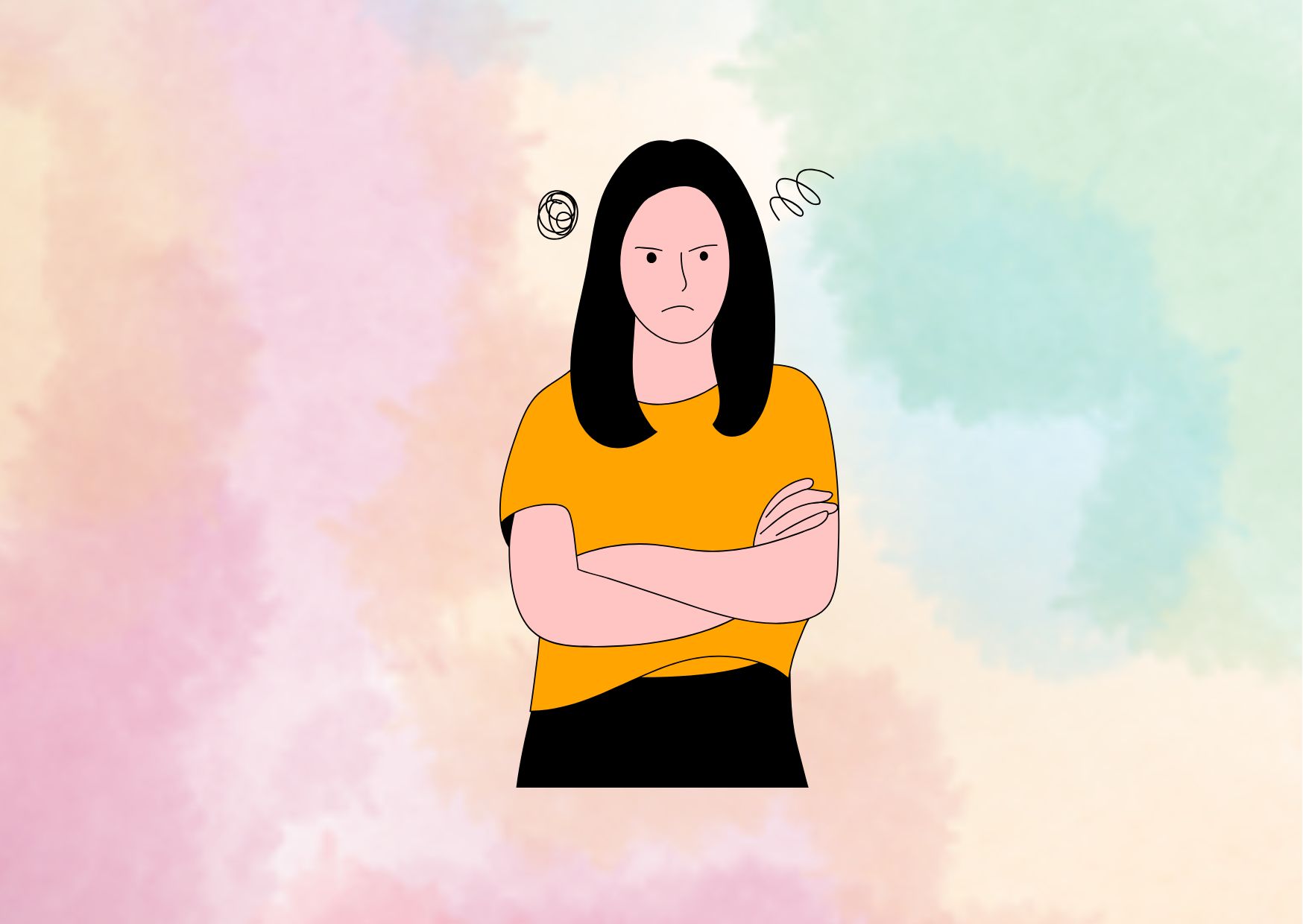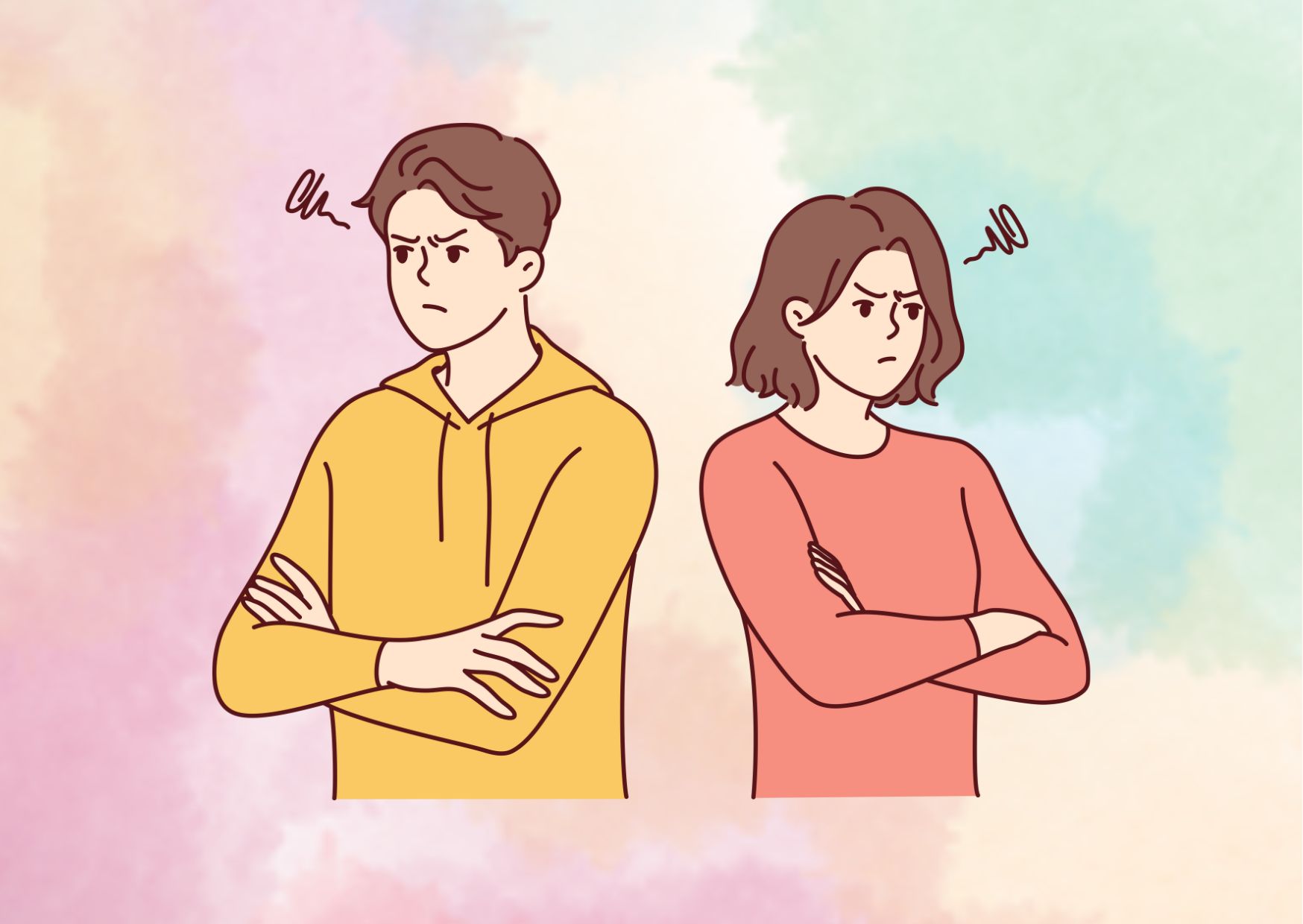Passive Aggressive Key Signs and Solutions
Have you ever received a seemingly polite comment that left you feeling strangely upset? Or encountered someone who says “fine” but their behavior suggests otherwise? These are classic examples that help us understand passive aggressive meaning in everyday interactions.
Passive aggressive behavior exists in various forms across our personal and professional lives. From subtle backhanded compliments to deliberate procrastination, this behavior pattern affects relationships, workplace dynamics, and mental well-being in ways that aren’t always immediately apparent.
This comprehensive guide explores the true nature of passive aggressive behavior, its psychological roots, and its impact on different aspects of life. We’ll examine key warning signs, understand the underlying causes, and discover effective strategies to address and prevent passive aggressive patterns in both personal and professional settings.
Defining Passive Aggressive Behavior in Modern Context
The modern understanding of passive aggressive behavior has evolved significantly since its first identification in the 1940s. Originally coined by Colonel William Menninger during World War II, the term described soldiers who expressed their resistance through indirect actions rather than outright defiance.
Historical evolution of the term
The concept of passive aggressive behavior first emerged in a military context, where soldiers would show their resistance through subtle acts like procrastination, intentional inefficiency, and stubborn behavior. What began as a way to describe military compliance issues has since transformed into a broader understanding of indirect hostility in everyday situations.
Common misconceptions about passive aggression
Several misconceptions about passive aggressive behavior persist in modern society:
- It’s always intentional and calculated
- Only certain personality types display these behaviors
- It’s less harmful than direct aggression
- It’s a diagnosed mental disorder (it was actually removed from the DSM-IV)
Impact on mental health and relationships
The effects of passive aggressive behavior extend far beyond momentary discomfort. In relationships, this behavior pattern creates a cycle of confusion and anxiety due to the disconnect between what’s being said and what’s being done. Research indicates that stonewalling, a common passive aggressive tactic, predicts divorce with 90% accuracy.
The impact on mental health is equally significant. Recipients of passive aggressive behavior often experience heightened anxiety and self-doubt due to the constant discordance between perception and reality. Meanwhile, those exhibiting these behaviors frequently struggle with unresolved emotional issues, creating a complex web of interpersonal challenges that affect both personal and professional relationships.
Modern technology has introduced new dimensions to passive aggressive behavior, with digital communications offering additional channels for indirect hostility. From delayed text responses to subtle social media snubs, these behaviors have adapted to contemporary forms of interaction while maintaining their fundamental characteristic: the indirect expression of negative feelings.
Recognizing Hidden Signs of Passive Aggression
Spotting passive aggressive behavior can feel like trying to catch smoke with your bare hands – it’s there, but difficult to grasp. Learning to recognize these subtle signs is crucial for maintaining healthy relationships and creating better communication channels.
Verbal cues and communication patterns
The art of passive aggressive communication often lies in what’s left unsaid rather than what’s explicitly stated. Watch for these telling verbal patterns:
- Backhanded compliments: “That dinner you cooked was surprisingly good”
- Subtle sarcasm: Using phrases like “whatever you say” or “fine” with a dismissive tone
- Deliberate vagueness: Making non-committal responses or using phrases like “we’ll see”
- Denial patterns: Consistently saying “nothing’s wrong” while clearly showing displeasure
Non-verbal indicators and body language
Physical manifestations of passive aggressive behavior can be just as revealing as verbal cues. These subtle actions often betray underlying feelings of frustration or anger. Watch for dramatic sighing, eye-rolling, or deliberately slow movements when asked to complete tasks. Body language speaks volumes – hunched shoulders, avoided eye contact, and crossed arms often indicate hidden resistance.
Digital and social media manifestations
Technology has created new avenues for passive aggressive behavior to flourish. In our connected world, these behaviors manifest through:

